Gardens are always changing and evolving.
Originally, my garden was almost all full sun.
Now, as I've let the 'Natchez' crape myrtles grow unfettered, I have some shady spots along the patio from spring to autumn once the crapes have leafed out.
So... dear readers, any suggestions from your own personal experiences as to which shade-loving plants I should try?
I have a few ideas already in mind...
 |
| Anemone virginiana, thimbleweed (photo via Lindley Ashline) |
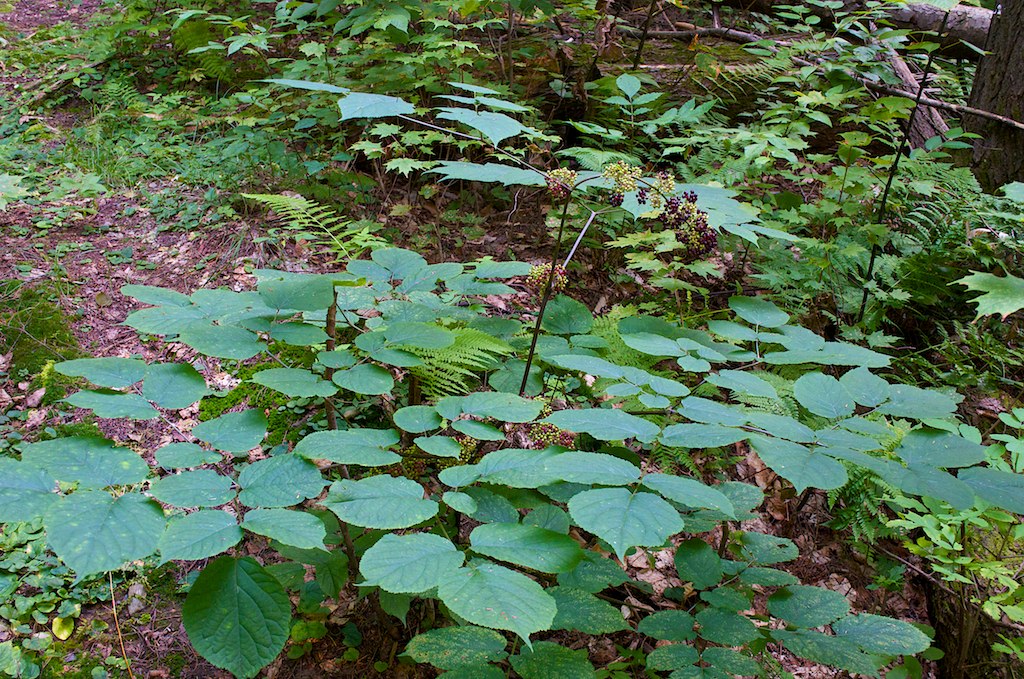 |
| Aralia racemosa, American spikenard (photo via Distant Hill Gardens) I have one of these plants growing along the front of the house in that east-facing, full-morning-sunshine bed, but I'm going to try to transplant it to a shadier spot where I think it would be happier. |
 |
| Aruncus dioicus, goat's beard (photo via Megan Hansen) |
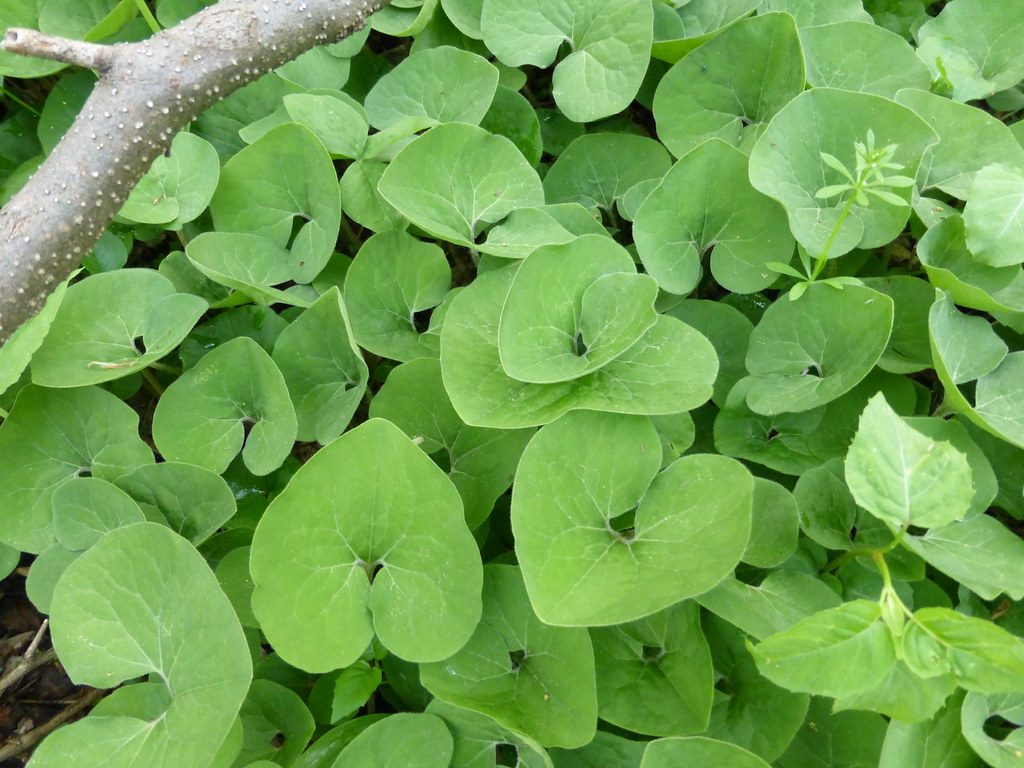 |
| Asarum canadense, American ginger (photo via Kevin Faccenda) |
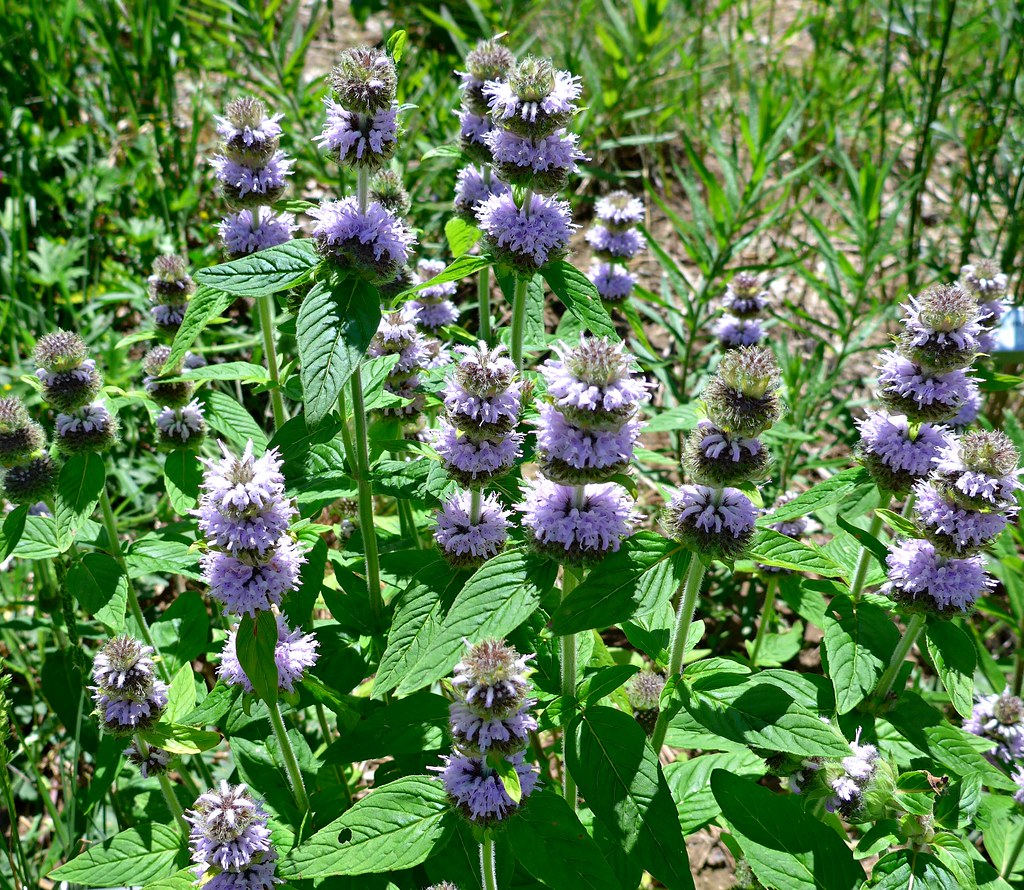 |
| Blephilia ciliata, downy wood mint (photo via Ali Eminov) |
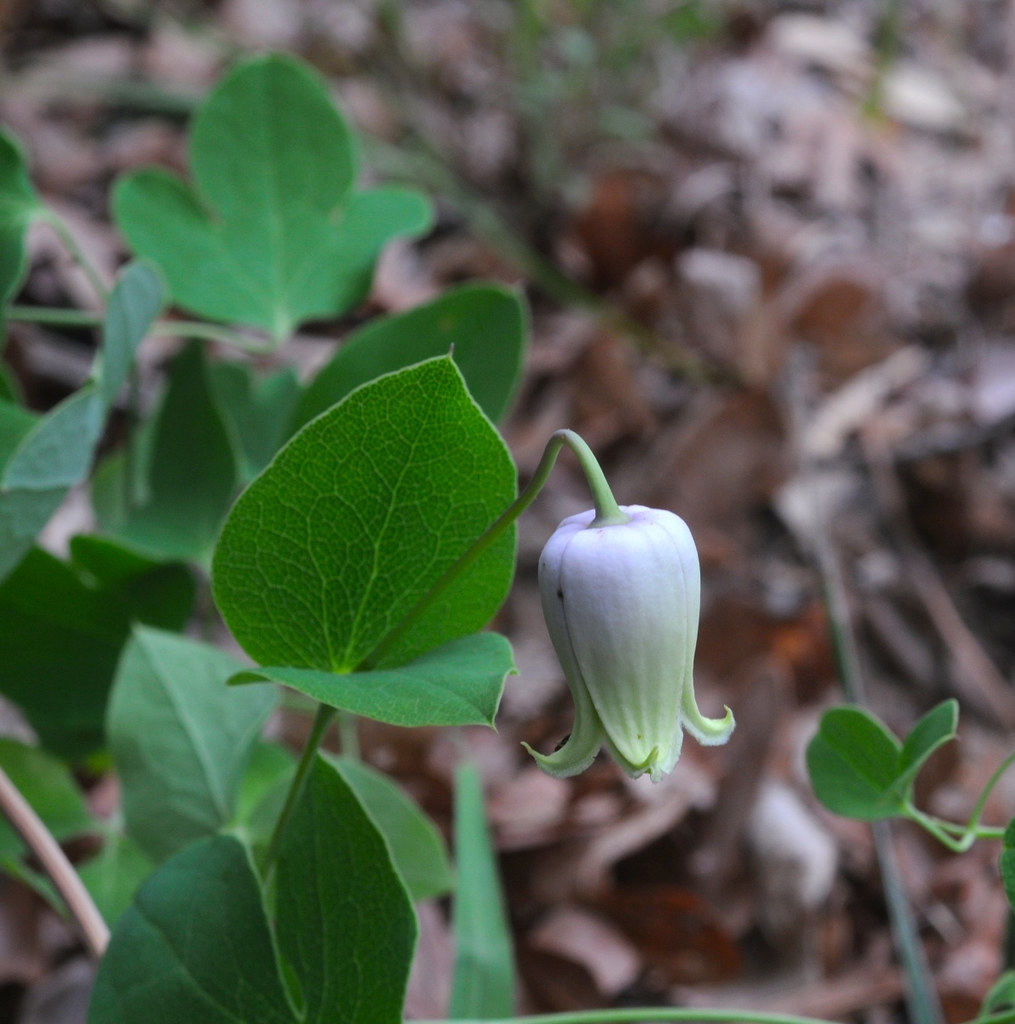 |
| Clematis versicolor, pale leatherflower (photo via Sonnia Hill) |
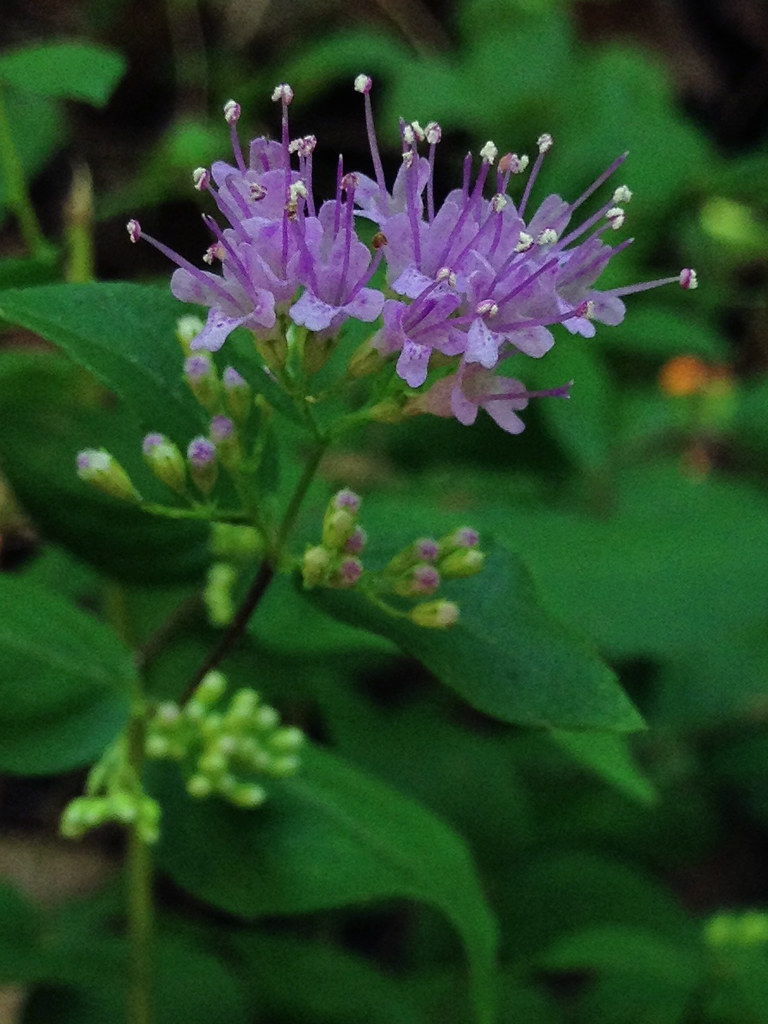 |
| Cunila origanoides, dittany (photo via Fritz Flohr Reynolds) |
 |
| Erigeron pulchellus, Robin's plantain I already have this plant in my garden in a variety of settings, including some pretty shady spots, so I think it should grow fine beneath the crape myrtles. |
 |
| Iris cristata, dwarf crested iris (photo via Andrew Hoffman) |
Any thoughts on these plants?
I have some other plants already in the garden - Agastache foeniculum, for example - that already grow here and probably will spread further. They seem quite at home in the shade.
And I've found that other perennials - Amsonia tabernaemontana 'Blue Ice' and Echinacea purpurea, for instance - may be marketed as full sun plants, but are surprisingly tolerant of a good deal of shade.
But I know that some other plants have declined as the shade has increased. Coreopsis verticillata is dying out in spots (although I've heard that this can be a short-lived plant). Baptisia australis (blue false indigo) is hanging tough, but I suspect it would be more upright, floriferous and generally happier in a full sun spot. (I scattered some of its seeds in a full sun bed, and the seedlings seem more robust and vigorous than the lax, louche plant that lolls about in shade alongside the patio.)
I welcome your advice and suggestions! ~



























